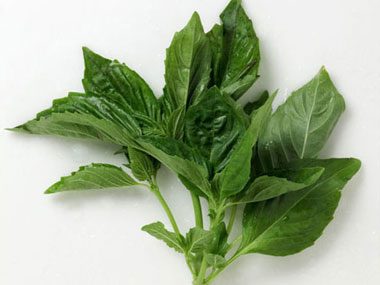
Basil
Uses: The leaves have warm, spicy flavor. Use in soups, sauces, salads, omelets and with meat, poultry and fish. Also a basis for pesto.
Planting: Sow seeds near sunny window or in greenhouse in early spring. Transplant to garden in early summer. Or sow seeds directly into the garden in late spring.
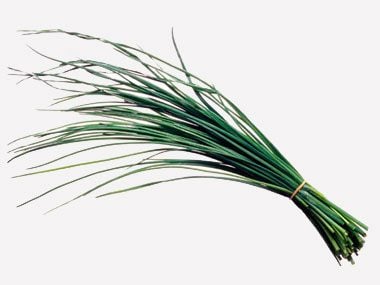
Chives
Uses: Leaves have a mild onion flavor. Chop them and add them to salads, egg and cheese dishes, cream cheese, mashed potatoes, sandwich spreads, and sauces. Use flowers in salads.
Planting: Sow seeds in spring or fall, ½ inch deep in rows 12 inches apart. As soon as the seedlings are established, thin within the rows to 6 inches apart. Or set out nursery grown plants in early spring, 9-12 inches apart.

Coriander
Uses: Grind dry seeds to powder and dust over veal, pork, or ham before cooking. Young leaves are knows as cilantro. The roots, which can be frozen are used to flavor soup; serve chopped with avocados.
Planting: Sow seeds in early spring, ¼ in. deep in rows 12 inches apart. Thin within established seedlings to 6 inches apart.
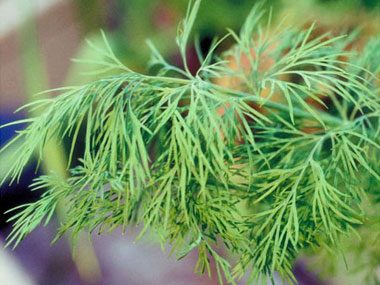
Dill
Uses: Both seeds and leaves have a sharp, slightly bitter taste. Use dried or fresh leaves, knows as dilweed, to flavor fish, soups, salads, meat, poultry, omelets and potatoes. Sprinkle dill on sliced cucumber to make a sandwich filling.
Planting: Sow seeds in early spring, 1/4 inch deep in rows 9 inches apart. Thin within established seedlings to 9 inches apart.
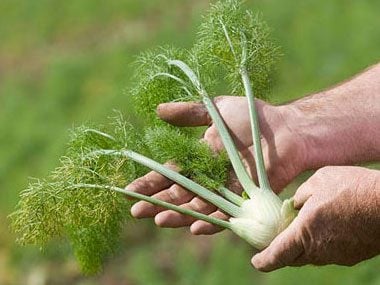
Fennel
Uses: Leaves have a sweetish flavor, particularly good in sauces for fish; also useful with pork or veal, in soups and in salads. Seeds have sharper taste. You can also enjoy the bulb.
Planting: Sow groups of 3 or 4 seeds in midspring, ¼ inch deep and 18 inches apart. Thin established seedling to strongest of each group.
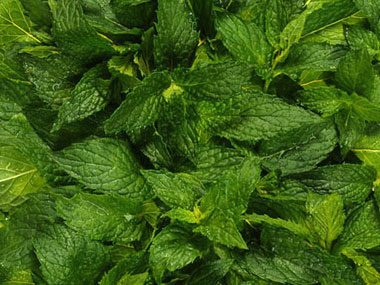
Mint
Uses: Brew leaves into tea, or to garnish cold drinks. Spearmint is generally used to make mint sauce or jelly. Sprinkle dried or fresh leaves over lamb before cooking.
Planting: In autumn or spring, plant 4- to 6-inch pieces of root 2 inches deep and 12 inches apart. Water well. Check roots’ tendency to overtake nearby plant roots by sinking boards or bricks 1 foot deep around beds or by planting in a large bottomless plastic bucket sunken into a garden bed.
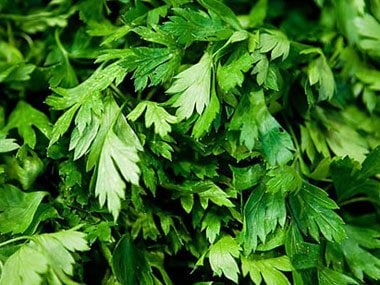
Parsley
Uses: Mix leaves into salads, soups, stews, casseroles, and omelets. Serve fresh as garnish with meat, fish, and onion dishes.
Planting: Sow seeds in midspring for summer cutting, midsummer for autumn and winter harvests. Soak seeds overnight and broadcast thinly. Thin established seedlings to 9-10 inches apart.
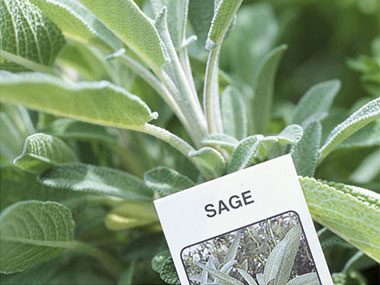
Sage
Uses: Dried leaves are a traditional constituent of poultry stuffing. Use also with lamb, pork, sausage, and in cheese dishes and omelets.
Planting: Can be grown from seeds sown in early spring. Set out nursery grown plants in midspring approximately 1 foot apart.

Tarragon
Uses: Chop the anise-flavored leaves for use in soups, salads, egg dishes, stews, and soft cheeses. Excellent with lamb. Serve in melted butter with fish, steak, or vegetables. Constituent of tartar sauce and many chutneys. Makes good flavoring for vinegar when leaves are steeped for 2 or 3 weeks.
Planting: Does not grow true from seeds. Set out nursery-grown plants in early spring, 18 inches apart.
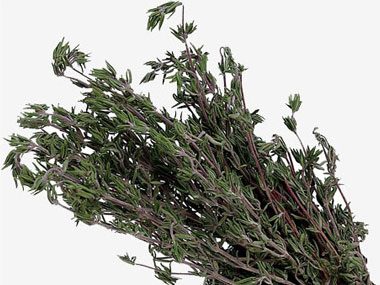
Thyme
Uses: Rub chopped leaves (fresh or dried) into beef, lamb, veal, or pork before roasting. Sprinkle over eggs, cheese dishes, vegetables, fish, or poultry. Add to soups, stews, stuffings, and rice. Brew into tea with a little rosemary and mint.
Planting: Sow seeds in midspring in shallow rows 1 foot apart. When seedlings are established, thin to 6-inch. spacings. Set out nursery-grown planting in early spring, 6-9 inches apart.
For more instructions on the right care for your plants, you could download one of these plant care apps.
